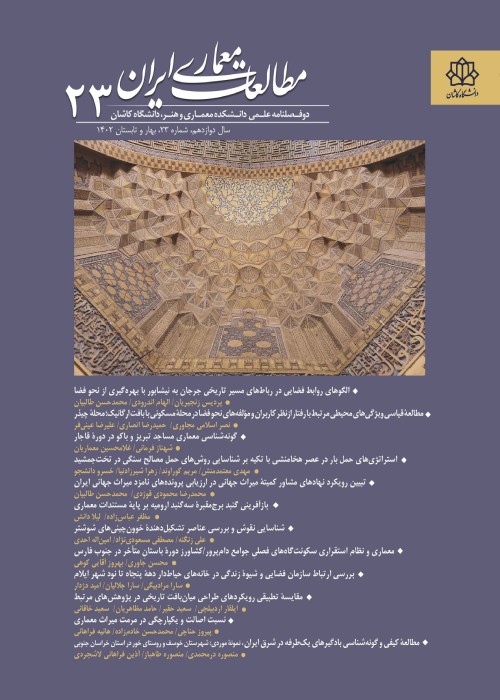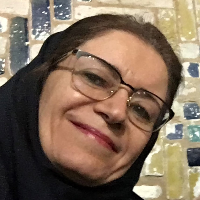Indoor Surface Temperature Variations of South Walls with khavun-chini Facades in Hot and Semi-Arid-Temperate Climate (Summer and Winter)
Khavun-chini, which is one of the traditional ornamental features of architecture in the hot and semi-arid-temperate climate of Khuzestan, is a kind of brickwork with protruded elements. Protrusion in khavun-chini brickwork covers a large area of the facade in shade especially during the summer. The effect of khavun-chini on reducing heat gain through the south facade in summer has already been proven experimentally. This study aims to investigate the daily variations of the indoor surface temperature of walls with khavun-chini facade compared to plain walls in winter in order to compare the effect of khavun-chini on the indoor wall surface temperature in two seasons. Two identical chambers, the south faces of which were brick walls, were built in Abadan as representative of the studied climate. A khavun-chini pattern with a high shading effect was executed on their walls—one with a two-cm protrusion from the surface and the other without any protrusion. The indoor surface temperatures of south walls and the ambient temperatures were recorded in six measurement periods, each period including three consecutive days and nights in the summer and winter of 2019. The experiment was repeated by simulation to ensure the correct performance of the constructed models. The data showed that the daily variations of the indoor surface temperature graphs of both the south wall with khavun-chini facade and the plain wall follow a similar pattern in summer and winter, since they are a function of daily fluctuations in the ambient temperature. In every measurement day, the maximum and mean temperatures of the indoor surface of the wall with khavun-chini was lower than the other wall, while its minimum wall surface temperature was higher. This result means that khavun-chini has a moderating effect and reduces the range of temperature variations. The average decreases of the daily maximum wall surface temperature in a total of eighteen days of experimental measurement in summer and winter were 1° and 1.2° C, respectively; the average decrease of the mean wall surface temperature was 0.2, and the average increase of the minimum wall surface temperature was 0.4° C.
- حق عضویت دریافتی صرف حمایت از نشریات عضو و نگهداری، تکمیل و توسعه مگیران میشود.
- پرداخت حق اشتراک و دانلود مقالات اجازه بازنشر آن در سایر رسانههای چاپی و دیجیتال را به کاربر نمیدهد.



